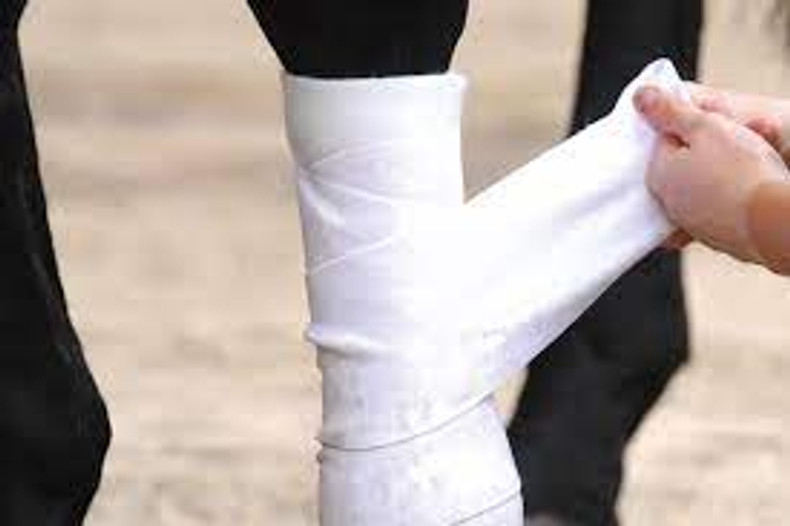10 Rules of Feeding
When it comes to feeding horses, there are a lot of things to consider besides the ingredients. There are 10 golden rules to feeding, and in today’s blog post we will tell you what they are and why they are important!
Rule 1. Always have fresh, clean water available
If a horse has not drunk, it will not eat. This is always one of the first checkpoints if your horse has gone off its food. Having fresh, clean, and openly accessed water is an absolute necessity. Water troughs should be checked daily for contaminations, obstructions, or leakages. It is also a handy hint to bring water from home when traveling. This can help encourage horses to drink and therefore eat, when out in new settings.
Rule 2. Feed Little and Feed Often
For their size, horses have a rather small stomach, which was designed for grazing in a “trickle” matter. In domestic settings, where feed may be provided in one large sum for sake of convenience, the 7-15L capacity of the stomach is filled very quickly. As the digestive system is designed to process smaller more frequent feeds, this type of bulk feeding has two negative effects.
1; The digestive system is ‘overwhelmed’, which can cause difficulties in processing larger quantities of bulk feed.
2; eating all at once, may mean, especially for stabled horses, that the stomach goes for hours without this “trickle” feed. This causes the natural stomach acids, which would otherwise be balanced by the presence of saliva, to reach the stomach lining and potentially induce gastric ulceration.
Therefore, the best way to promote a healthy digestive system is to emulate the “trickle” feeding style by providing the daily ration over smaller, more frequent feeds.
Rule 3. Feed According to workload
Weight and workload are the largest determinants of a horses recommended daily nutritional needs. As workload increases or decreases a horses energy needs, first and foremost, change to reflect their activity. Not feeding to this change in energy, especially in performance or racehorses, can hamper their stamina and action in training and competition, which can be detrimental to their success. Feeding to workload also requires meeting other key nutritional areas, including Crude Protein, Salts, Vitamins and Minerals. A diet evaluation is the best way to check if these needs are being met.
Rule 4. Make changes gradually over several weeks
Horses have sensitive stomachs and rapid changes in diet ingredients, can cause digestive upsets. Introducing a new feed or pasture gradually, will allow not only promote a smooth transition for the stomach, but will allow you to monitor if any negative changes occur.
Rule 5. Feed by weight not volume
We often describe our feeds in number of dippers, but we all know that a dipper of chaff is not the same as a dipper of oats! Therefore, weighing out your ingredients when formulating your ration is an absolute necessity. Weight of feed allows for more accurate assessment of nutritional values, something that could not be achieved to the same level of precision, if based on volume.
Rule 6. Feed good quality feed stuffs
Just like checking the use by date on your own food, your horse’s food should also be examined for quality. This assessment can include
- Checking for mould
- Checking for dampness
- Checking for excessive dust
- Checking for contaminants
If an ingredient isn’t up to standard, don’t feed it. Check that your feed storage has not been compromised and contact your feed supplier if concerned.
Rule 7. Feed at the same time each day
Horses are a creature of habit that love routine and have a fantastic internal clock to keep track. Feeding to a routine can also be a good way to check on paddocked horses as they will come up to seek a feed they are expecting.
Rule 8. Never put a fed on top of an unfinished feed
Leaving feed throughout the day or overnight can be common for horses who are picky eaters, or when they may be unsettled. In some cases however, the feed may be left because of a contaminant. All food should be removed before providing the new feed. It is also important to consider feeds such as Speedi-Beet, that have been soaked. In warm weather, these soaked feeds can turn rancid and should be cleaned out after some hours.
Rule 9. Feeding before exercise
There are lots of different opinions when it comes to feeding and exercise. Due to the horse’s digestive system, we want to avoid it being completely empty, even before exercise, as stomach acid can interact with the stomach lining. Avoid feeding a dense, hard feed, especially grains, before exercise. Studies have shown that it can induce negative implications with heart rate, glycemic and blood lactate levels during and post exercise. Providing some roughage is a great alternative and the added production of saliva for breakdown of this fiber, will help buffer stomach acids throughout exercise.
Rule 10. In the paddock, feed horses well apart
In group settings, such as paddocks, horses have a natural order of dominance. They know who they could, and who they shouldn’t, challenge when it comes to getting some extra food. Feeding well apart can assist in reducing the tendency to assert dominance. It is also a matter of safety for the feeder, as horses, in asserting their dominance and willingness for food, can increase the risk of unintentional accidents. Feeding in clear open spaces will allow you, the feeder, the best ability to stay clear of these expressions.


